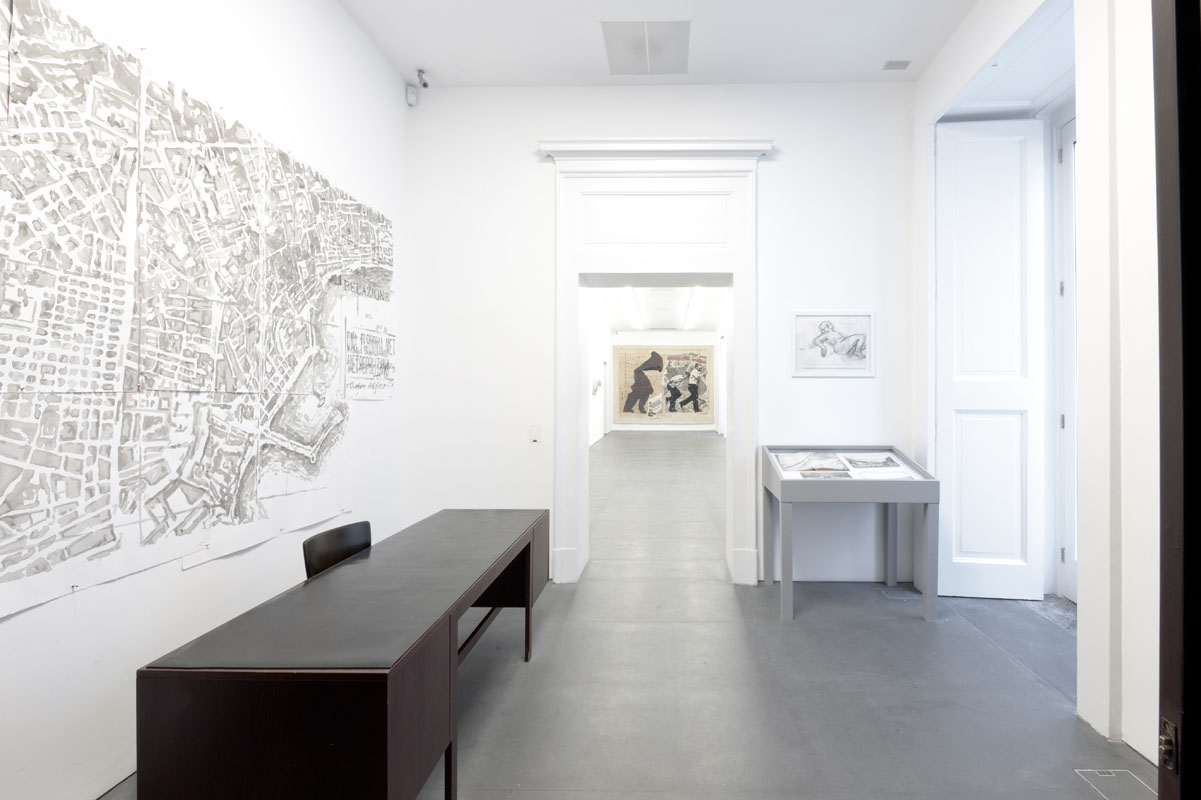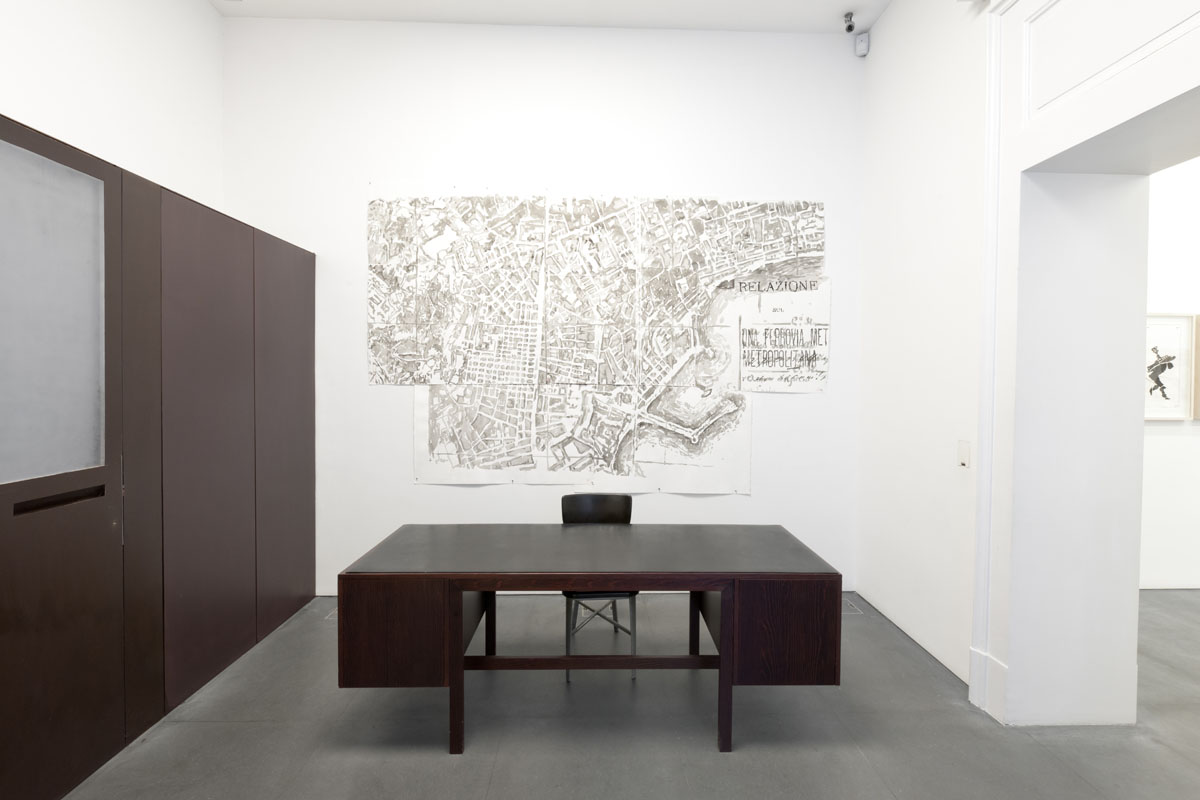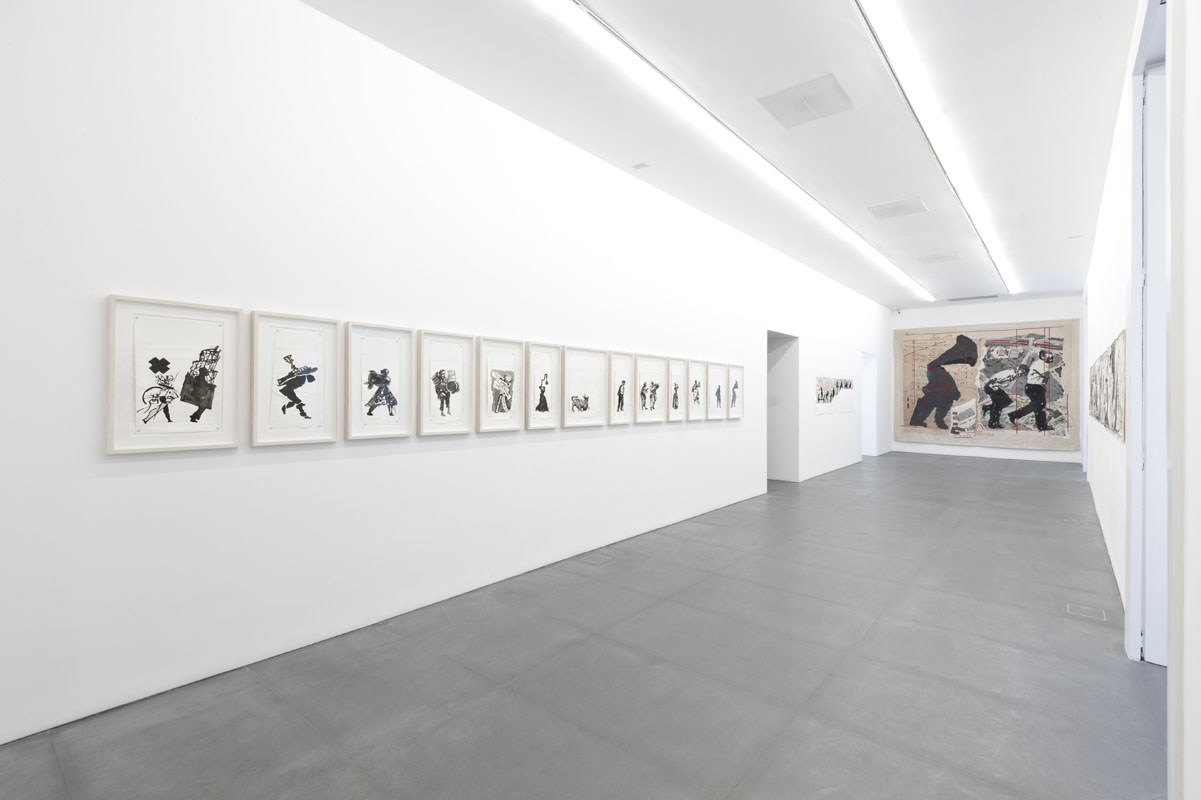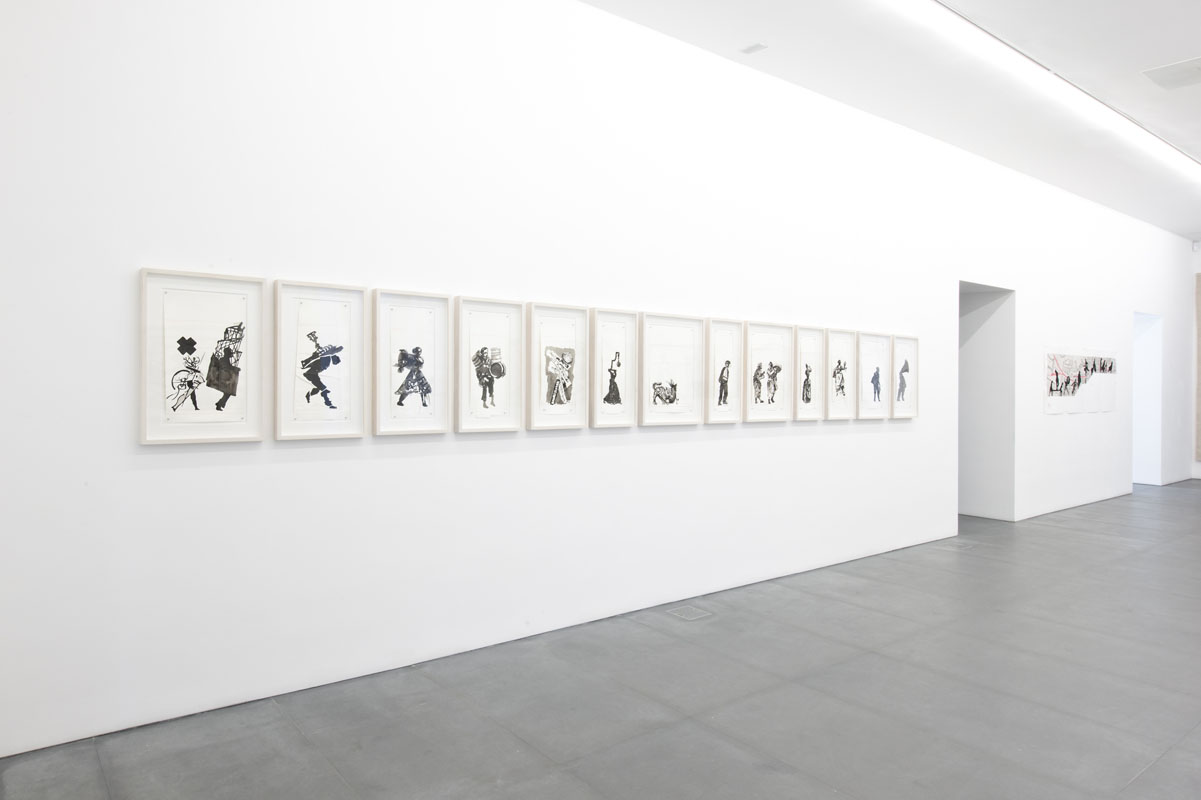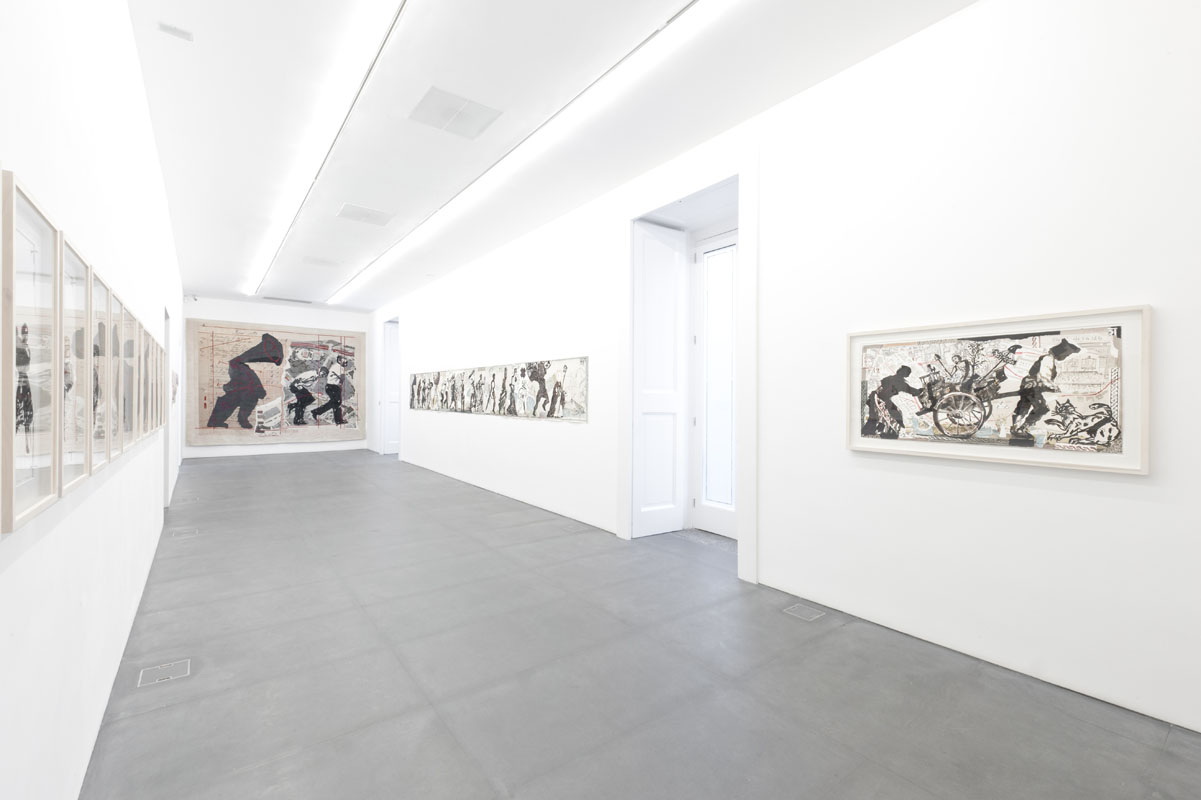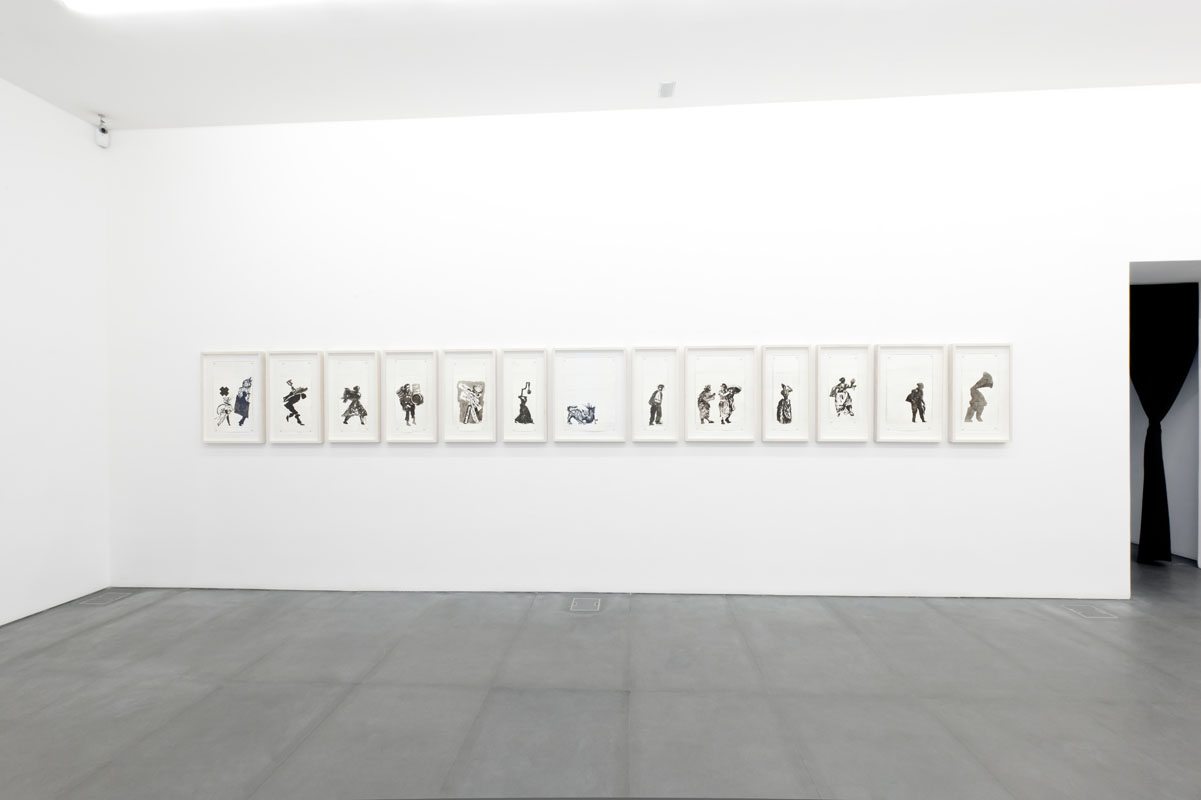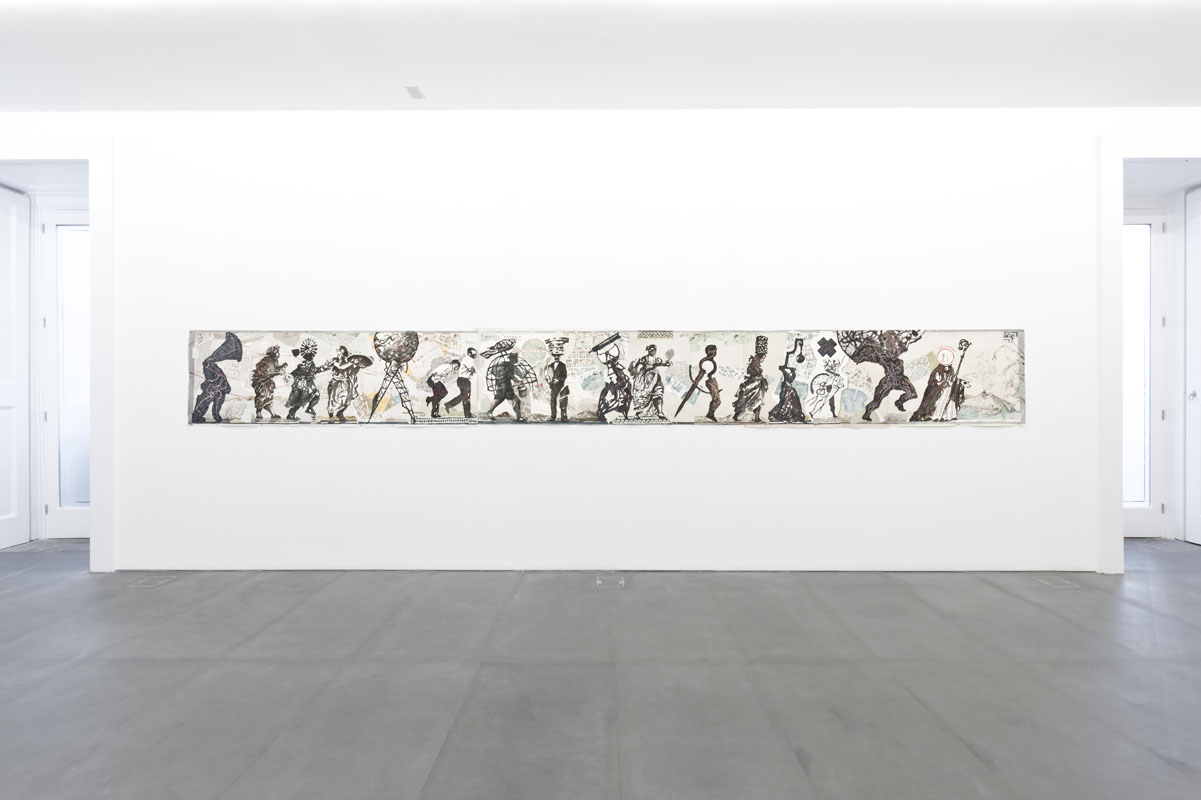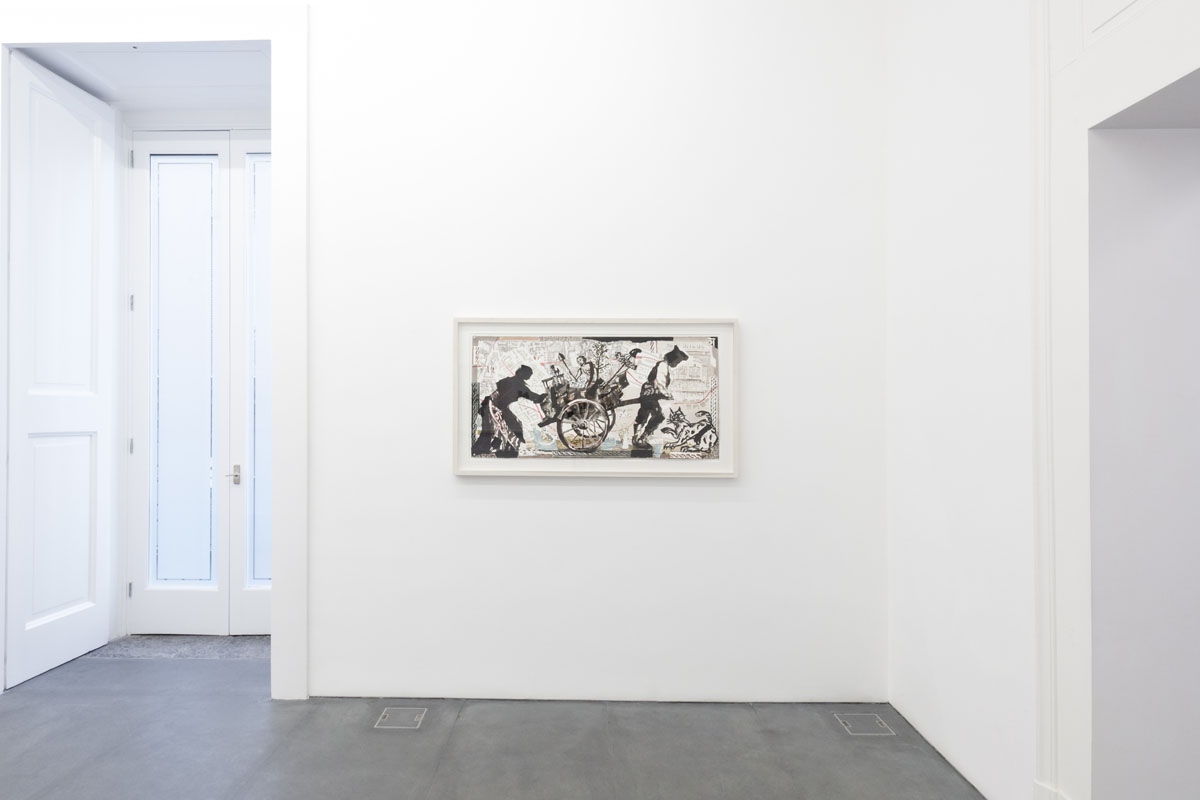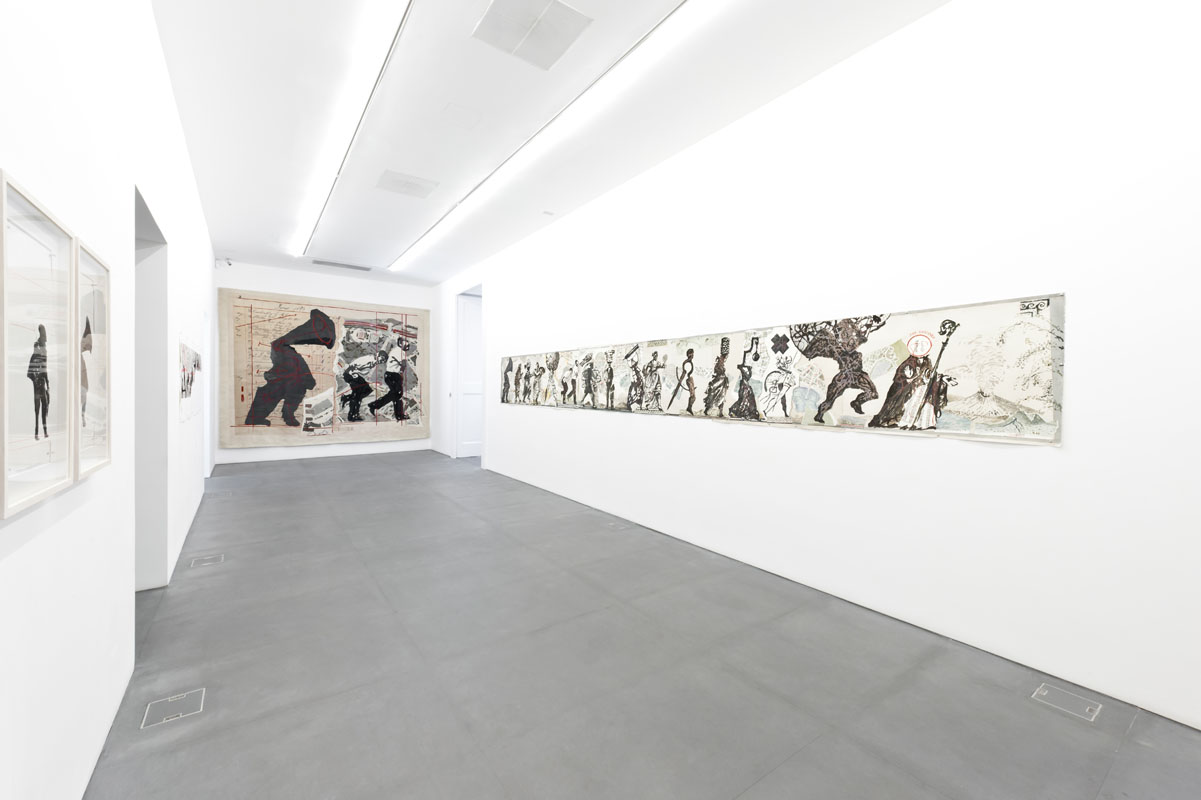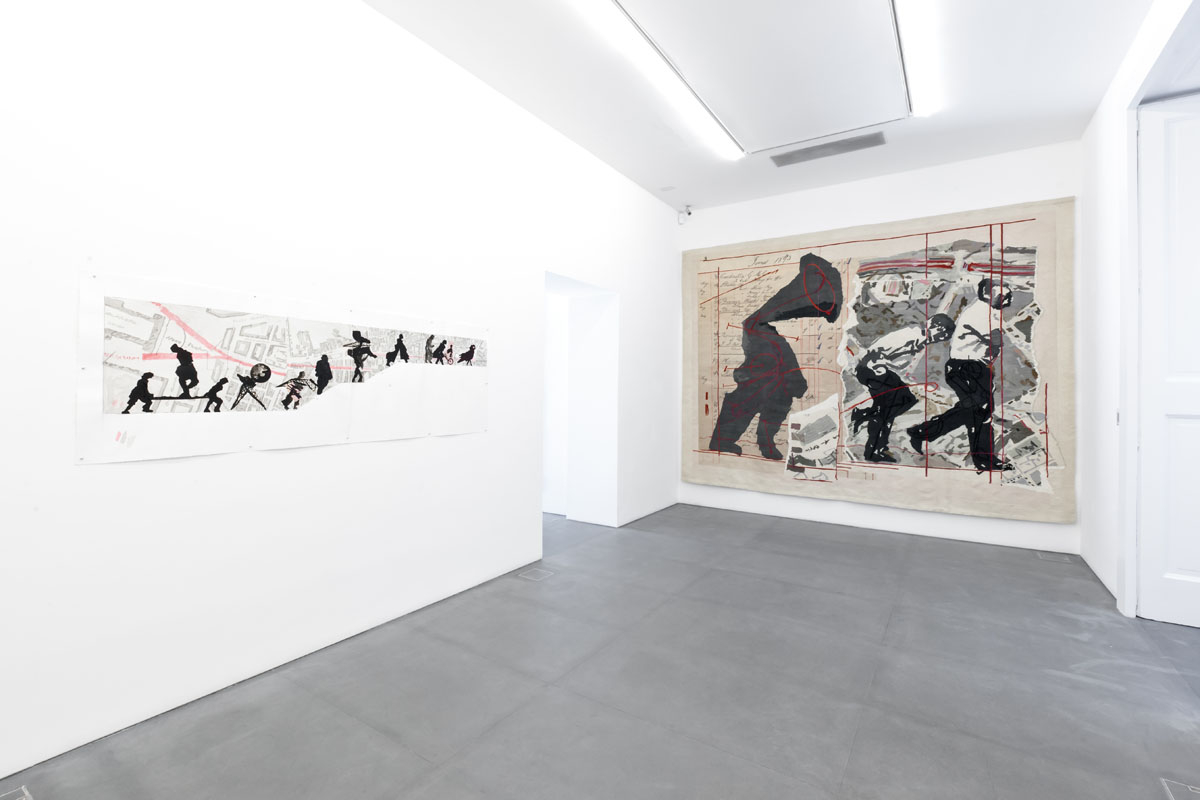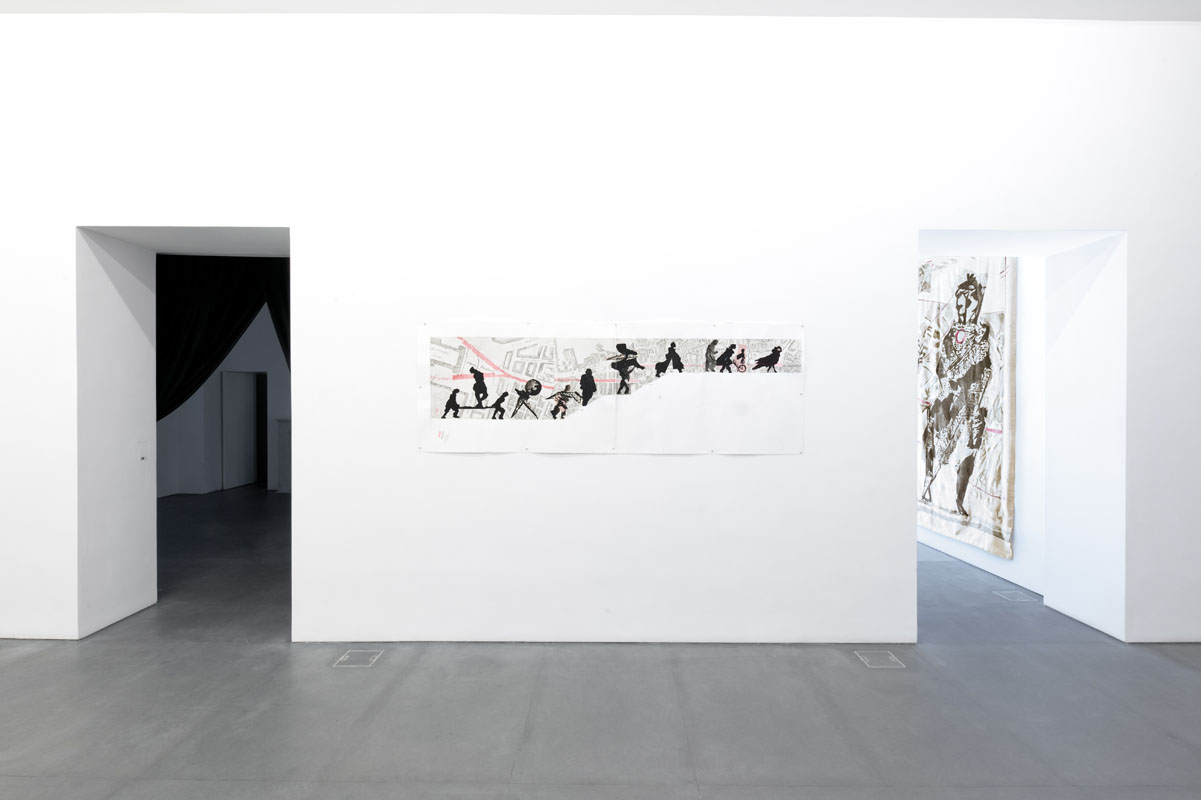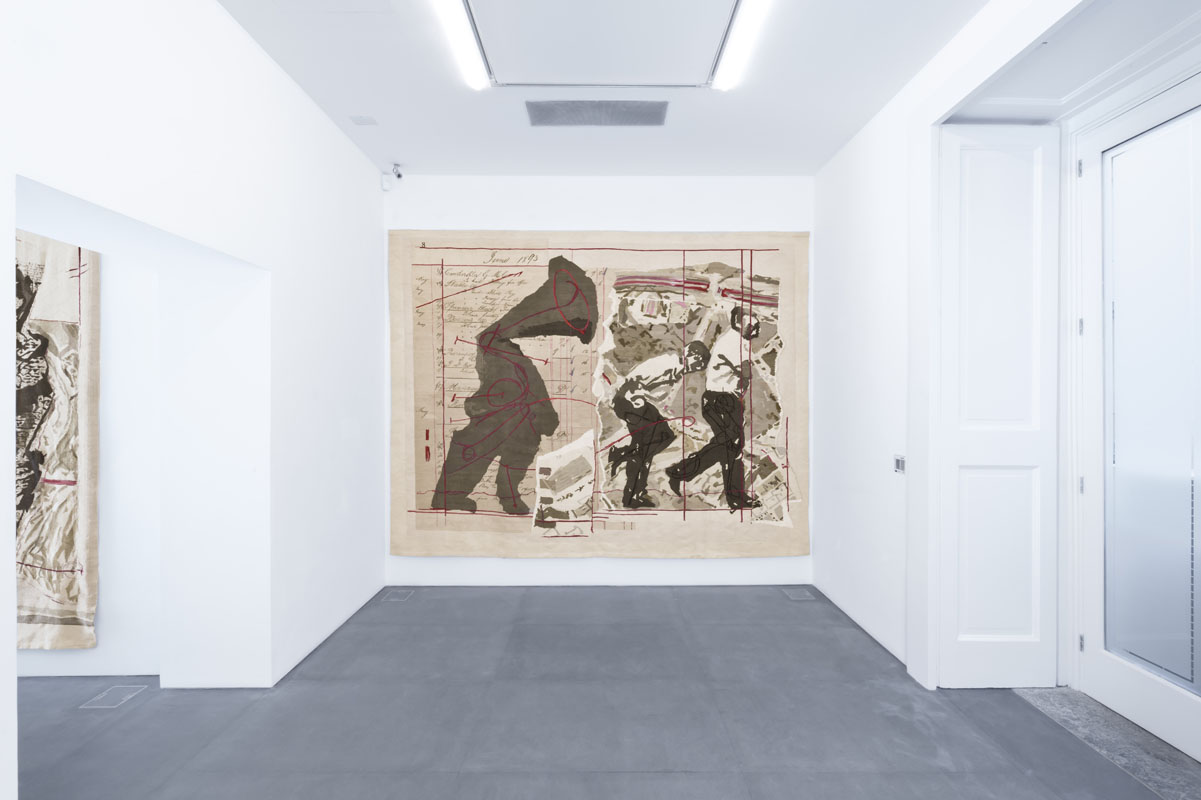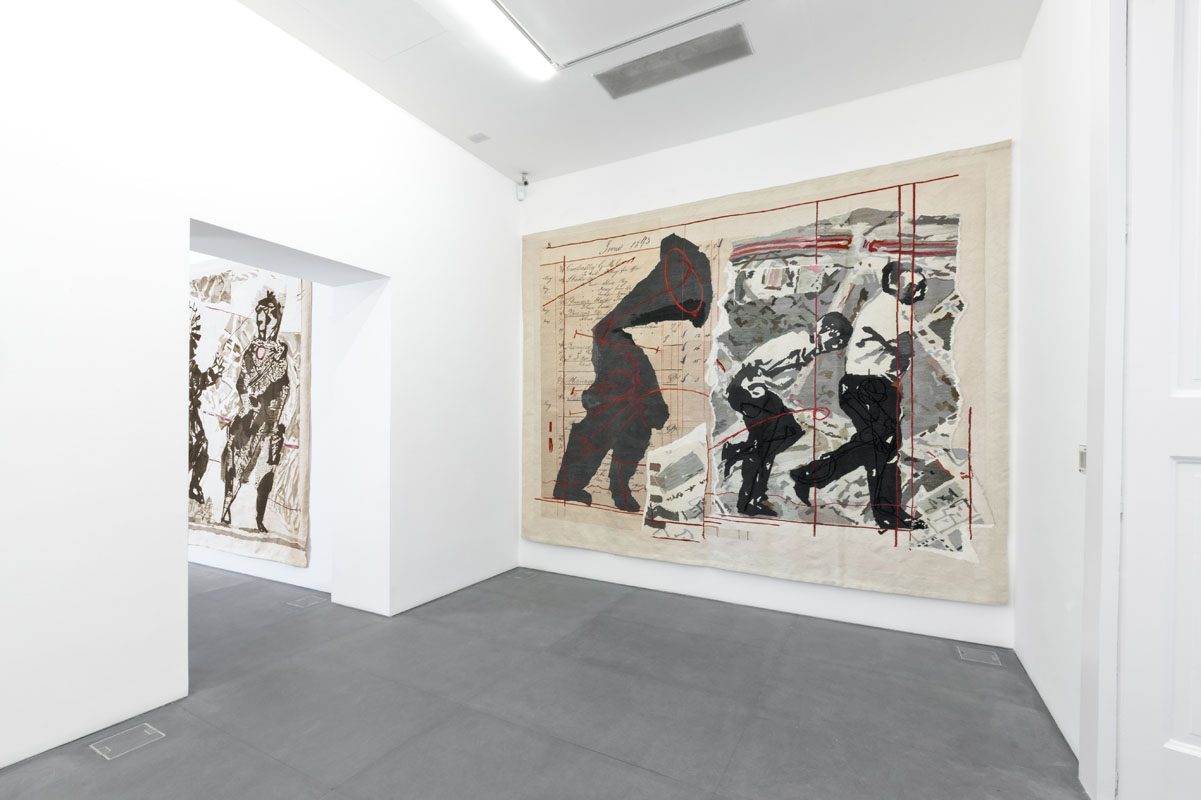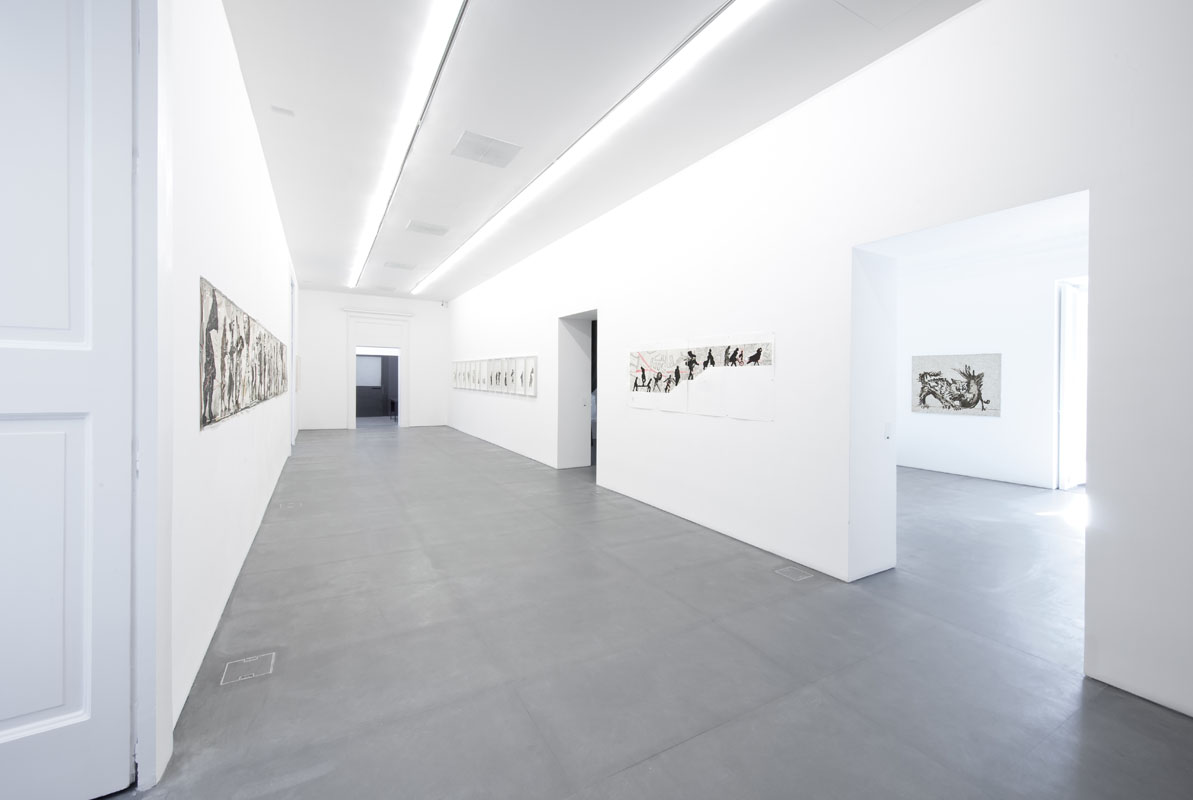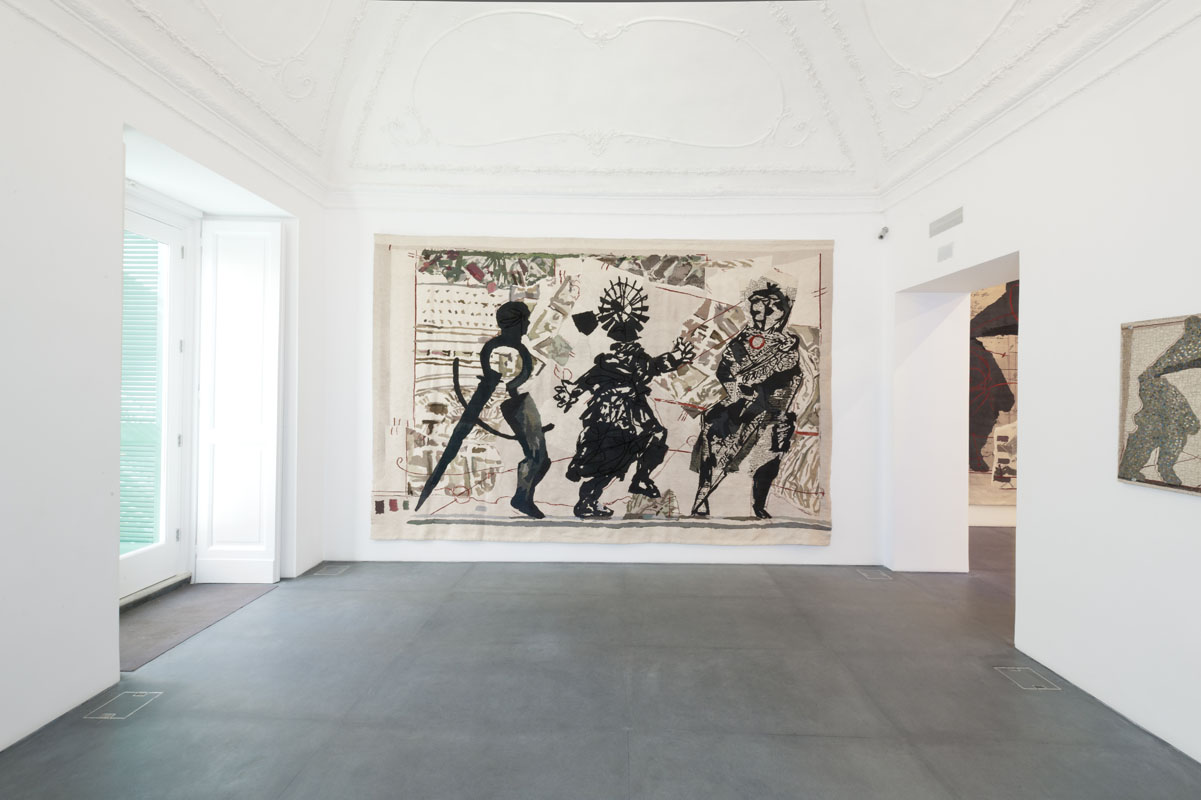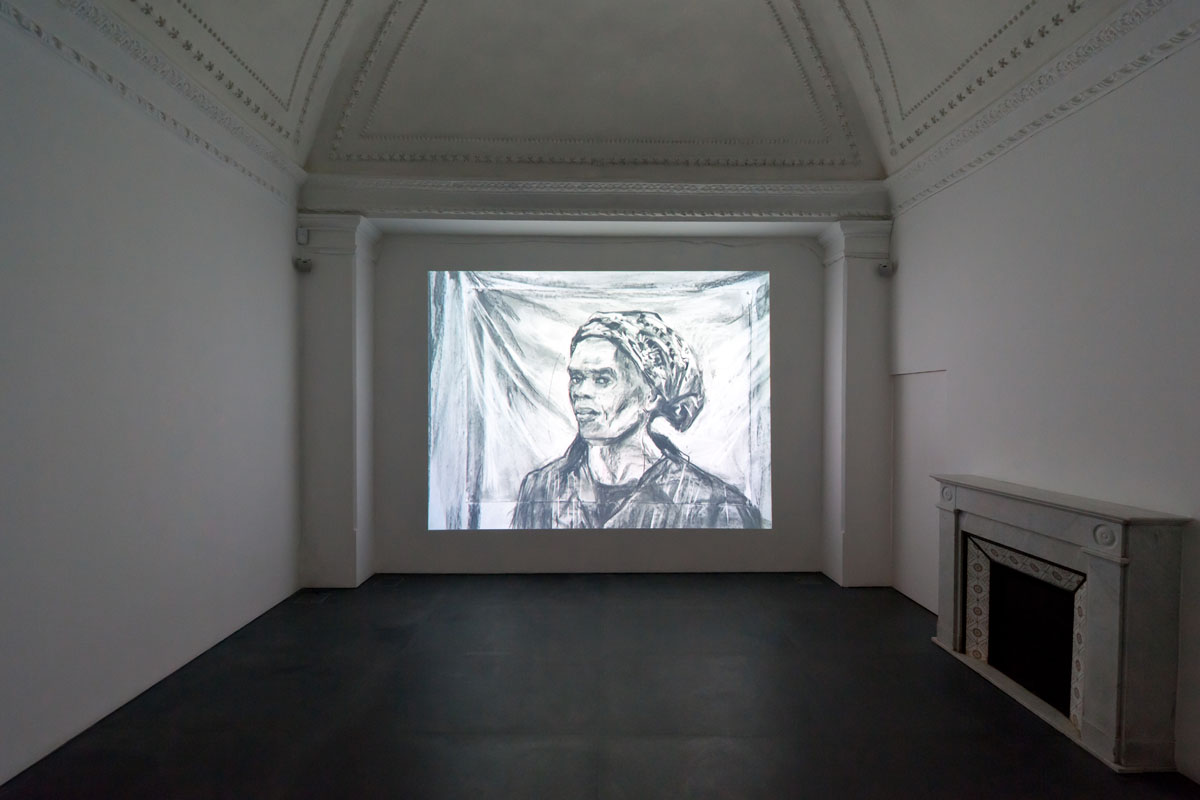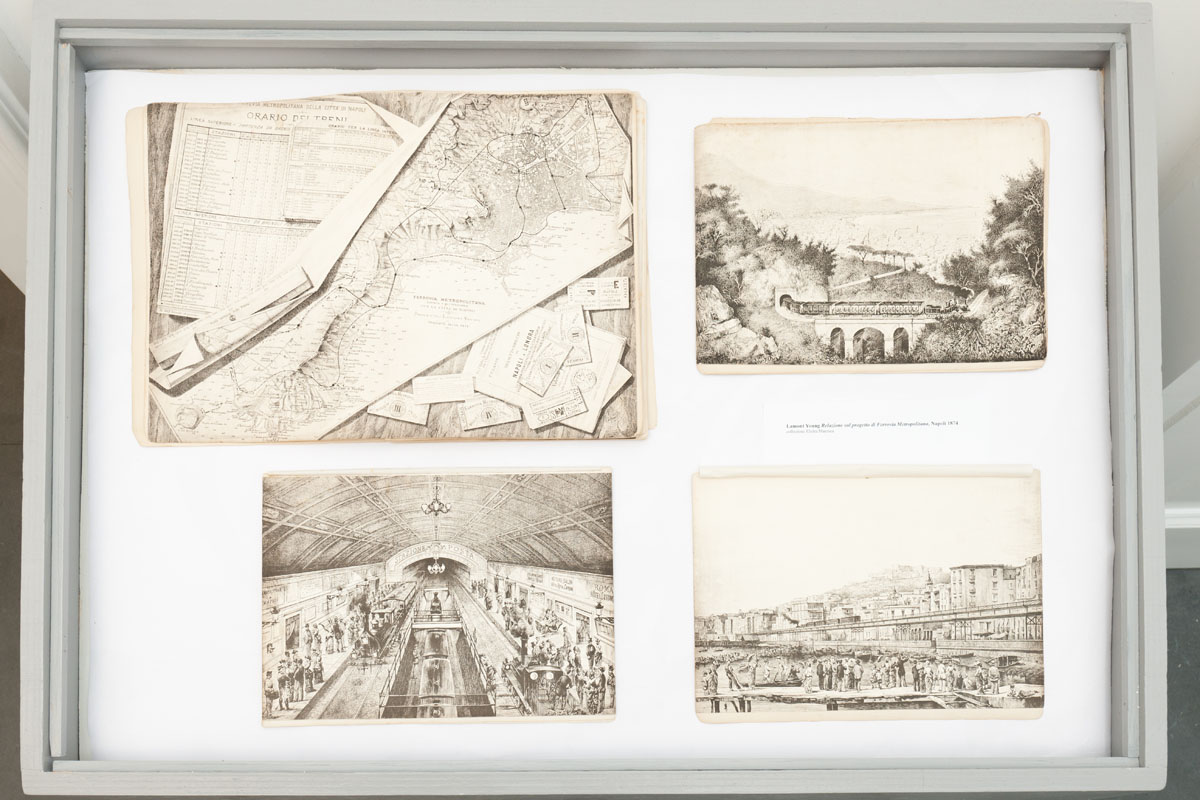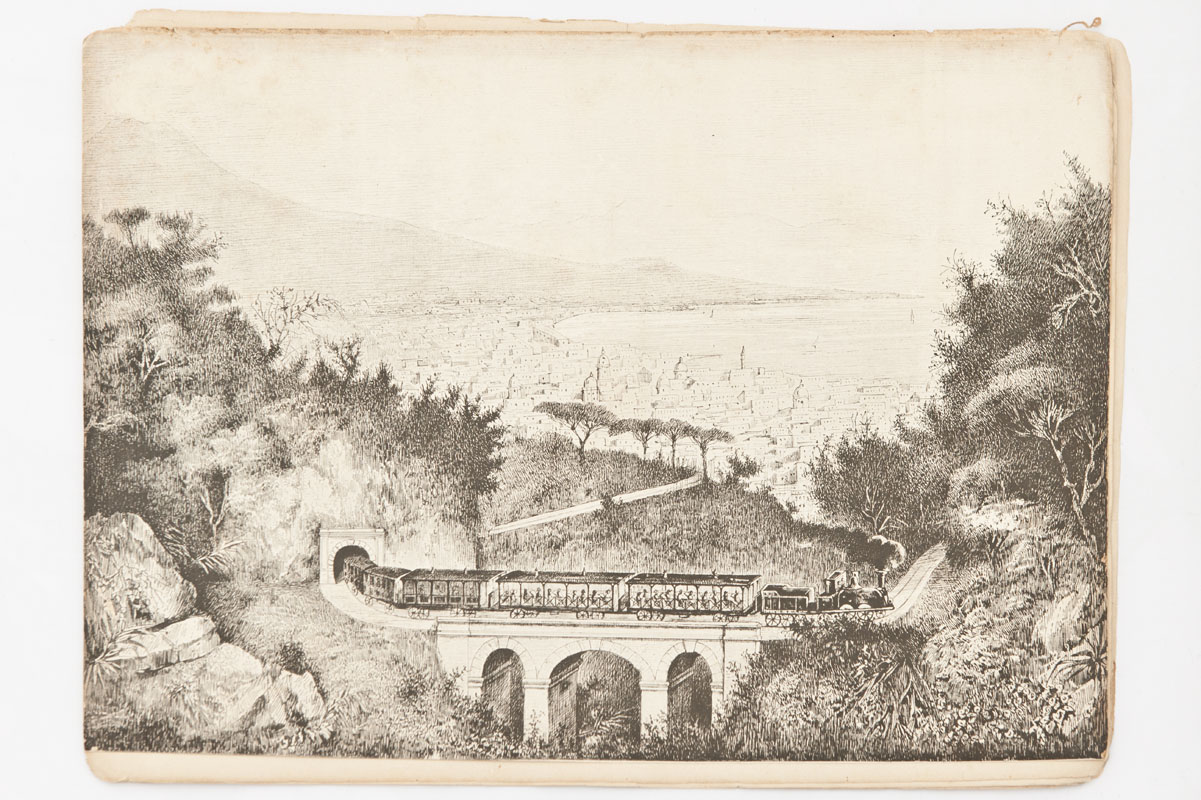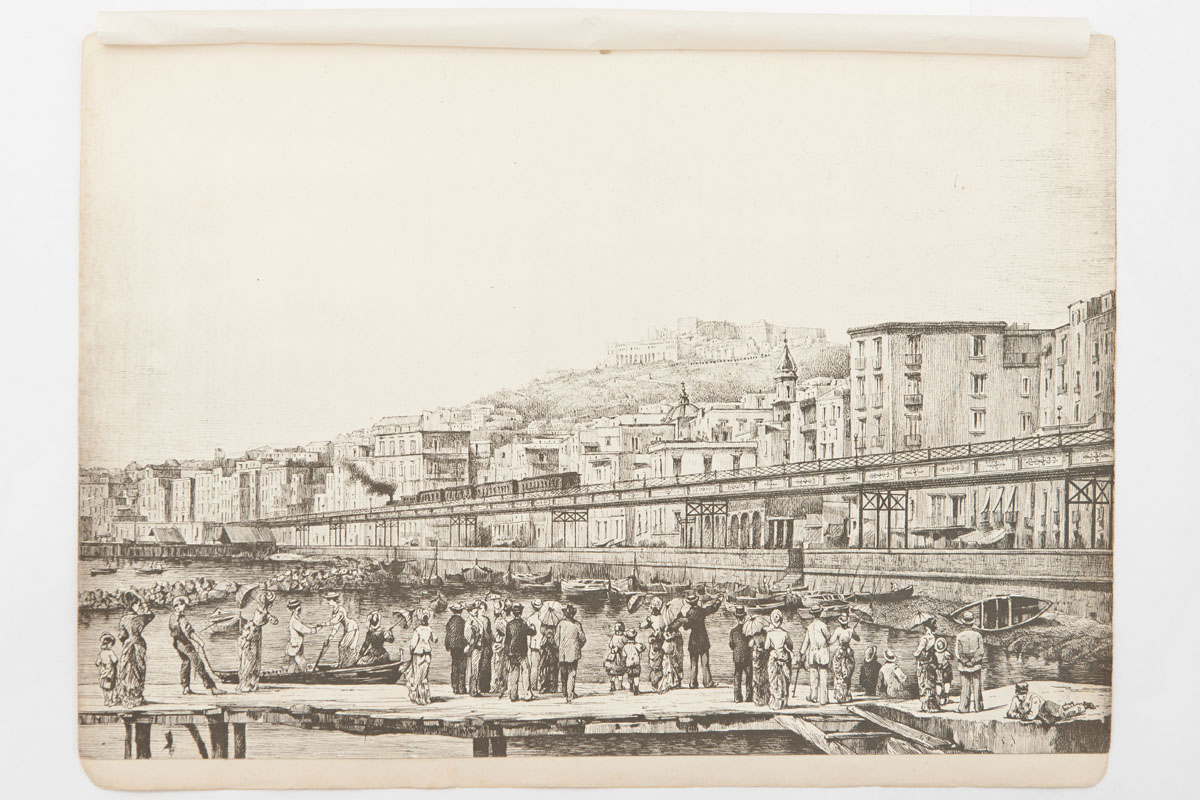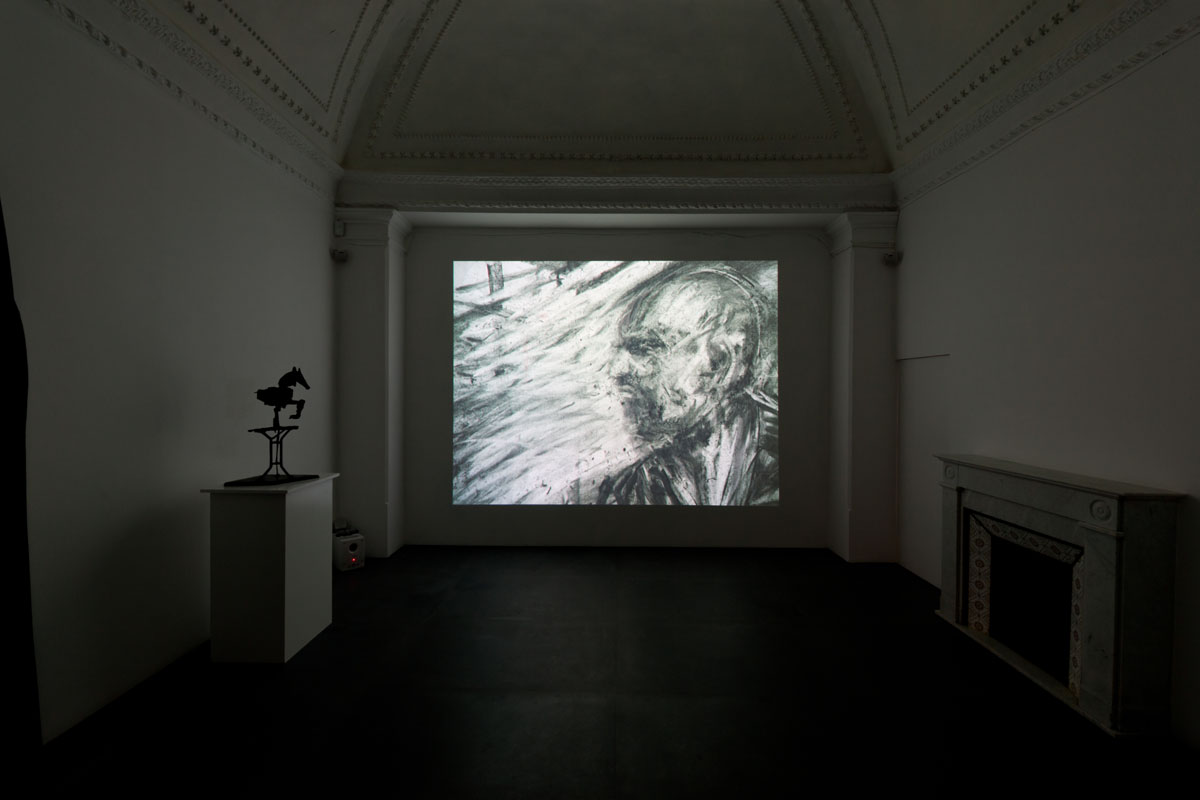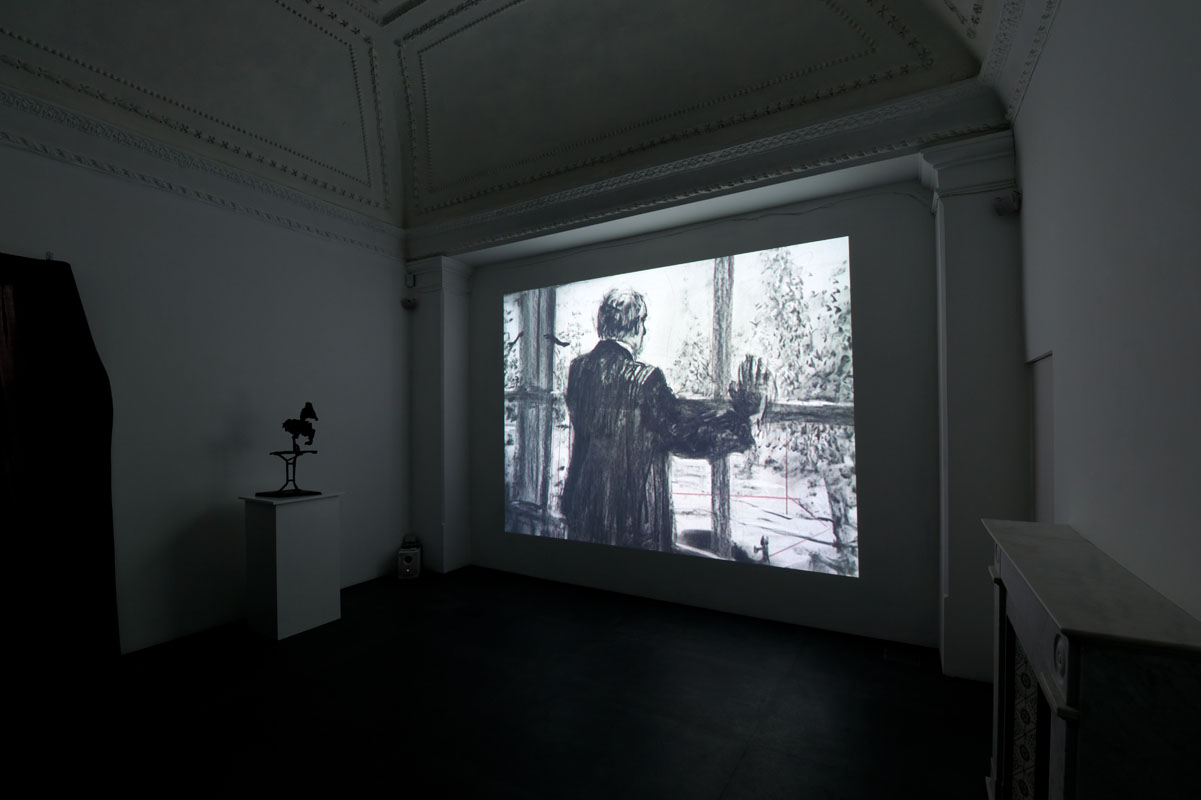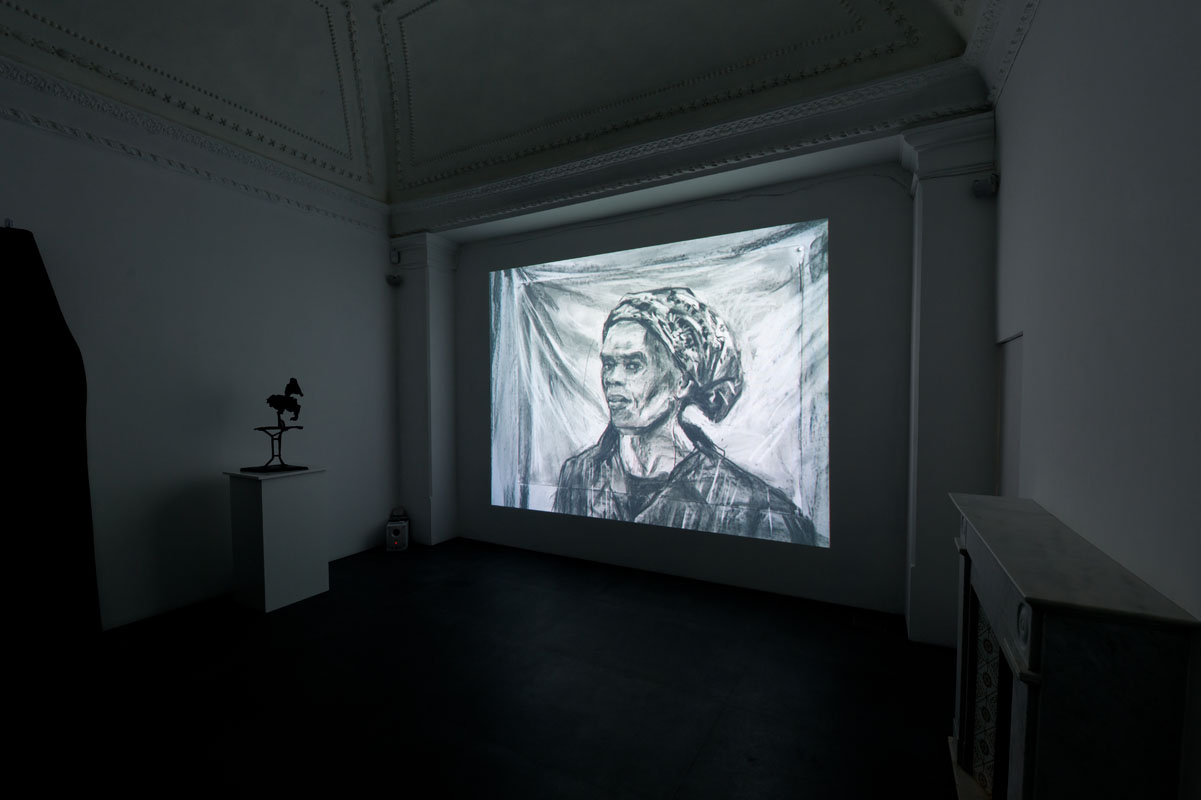Sculpture by the artist William Kentridge, The Rider of Toledo – the equestrian hero inspired by Gogol’s quixotic story The Nose – will be inaugurated at the center of the new pedestrian area of via Toledo metro station and completes the astonishing mosaic recounting the history and life of Naples. To mark the occasion, the Lia Rumma Gallery will present sketches, studies, drawings, and sculptures that reflect the artist’s fascination with the city. An exhibition of Kentridge’s work entitled Strade della Città (City Streets) was held at the Museum of Capodimonte in 2010. The exhibition presented a series of tapestries that told stories of horses and knights condemned to fight each other in search of a Promised Land, using historic maps of the Kingdom of Naples as the background. To commemorate this extraordinary and unique exhibition, it will soon be possible to admire the tapestry (R. de Saint Non Partie du Royaume de Naples contenant la Basilicate et la Calabre, 1786) taken from the series Strade della Città (City Streets), on permanent display in one of the most impressive rooms of the Museum of Capodimonte by kind permission of William Kentridge and Lia Rumma. The exhibition is completed with mosaics inspired by the tradition of Pompeian art and tapestries whose backgrounds portray scenes of street life and public life; these reflect the great infrastructural public works carried out in Naples such as the redevelopment project of the city’s low-lying districts or Lamont Young’s design for the Metro (1881-84) which was never built. The exhibition offers a portrait of the city and its history, its extraordinary potential and its utopias.
William Kentridge
Sketches for a Neapolitan Mosaic
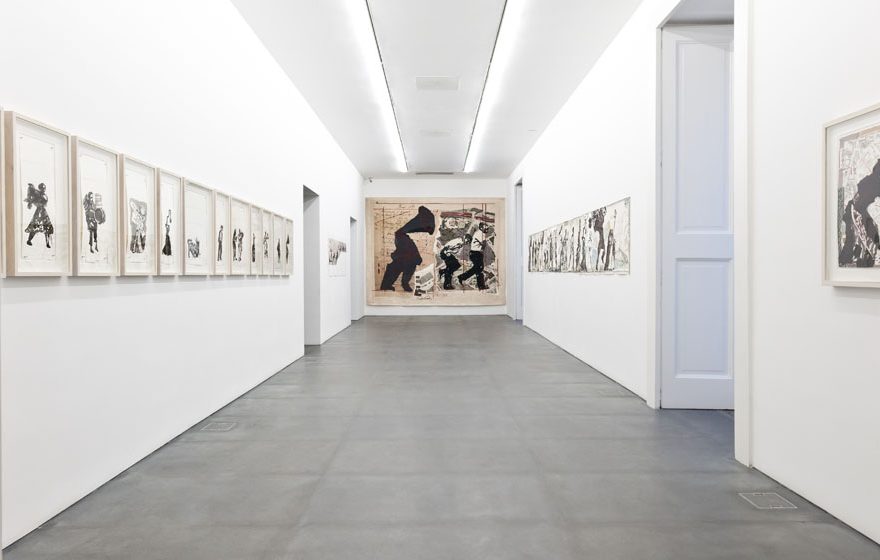
Photo Gallery
L'artista
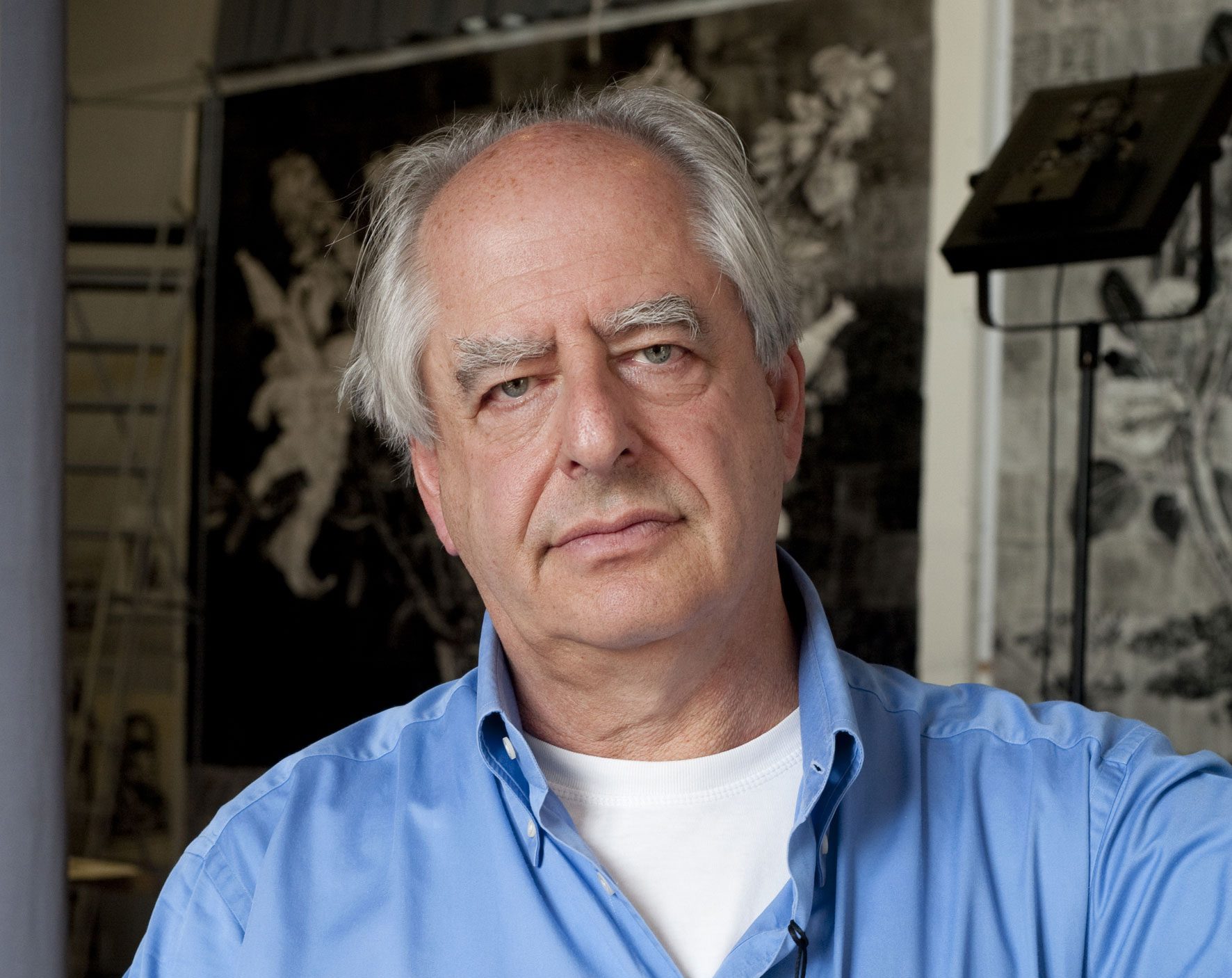
William Kentridge, born in 1955 in Johannesburg, South Africa, where he lives and works, is internationally renowned for his drawings, films, opera and theater productions. His multidisciplinary approach brings together drawing, writing, film, performance, music, theater, and collaborative practices to create artworks deeply rooted in politics, science, literature, and history,
